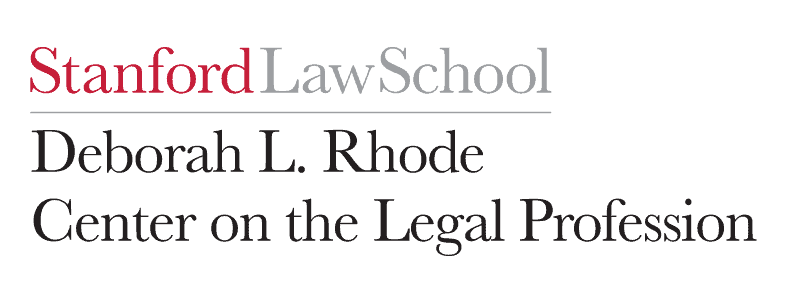Every day, millions of Americans experience civil legal problems. Between 2017 and 2020, 66 percent of Americans faced one or more legal problems. Low-income Americans are particularly prone to experience such problems. In 2021, 74 percent of low-income households grappled with at least one legal problem. Most commonly, the problems such Americans confront relate to housing, domestic violence, debt, and health care issues, from which shelter, safety, and security are at stake. When confronted with these serious problems, most people do not get the help they need and are instead caught in the yawning justice gap, muddling through a system that was designed for lawyers, not self-represented litigants, and that, too often, prevents them from reaching a just resolution. Against this backdrop, approximately 75 national and California leaders gathered in Santa Monica, California, on January 26, 2024, for a day-long conference titled Access to Justice in California: Challenges and Policy Innovations. The conference was structured to walk attendees through the different, but related, avenues of legal services regulation reform that have emerged across the United States. Panels 1, 2, and 3 walked participants through particular approaches to reforming legal services regulation that have been deployed in recent years in the United States. Panel 4 explored legal challenges to the traditional regulation of legal services on First Amendment and antitrust grounds. Panel 5 featured representatives of the executive and legislative branches of the California government, grounding the conversations in the unique and complex political and economic structures of this state. These proceedings summarize key themes from these discussions and provide select and specific examples to deepen the understanding of the issues discussed. These proceedings present what was discussed by panelists and participants; they do not necessarily represent the views and opinions of the conference sponsors, and they do not reference external sources, other than where necessary to ensure comprehension. This summary was circulated to participants for review in advance of publication. Throughout the conference discussions, there was broad consensus among participants that the access to justice gap in the United States is real, wide, and deep. Such a significant problem requires many solutions across multiple institutions. Rethinking regulation is one approach, alongside increased funding for direct legal services and the simplification, standardization, and modernization of court process and procedure. Even within the regulation category, there are multiple options to consider to increase the supply, affordability, and accessibility of legal help for individuals and small businesses. Some regulatory reform options raise more concern than others. Allowing nonlawyer ownership of legal practices faces considerable opposition. During conference discussions of nonlawyer ownership, multiple participants commented that the evidence with which they are familiar indicates that nonlawyer ownership can drive innovation and that there is currently little to no empirical evidence showing that nonlawyer ownership increases consumer harm. v Participants agreed that steps to address the justice gap must be balanced with efforts to promote consumer protection. It was frequently noted during the conference that as the legal profession moves forward to consider reforms, safeguarding vulnerable communities must be paramount. There was also broad consensus among panelists that, currently, the vast majority of individuals have no help at all for their legal problems—a status quo that exposes millions to serious harm. Several panelists reiterated that the need to protect consumers should not prevent action. There were many opinions among panelists on how to improve the status quo. Conservative approaches would leave the current regulatory structure in place and focus instead on increasing consumer education, fully funding legal aid, and promoting lawyers’ commitment to work pro bono. Critics of this approach noted that it is unclear how such approaches would successfully address a problem of the scale of the justice gap. Other participants argued for more progressive approaches that seek to reduce regulatory restrictions to varying degrees to increase competition, diversity, and affordability in the supply of legal services, while acknowledging that the data vary on the potential impact of these solutions. Part of the discussion focused on the multiple roles nonlawyers have played, and do play, in the provision of legal services. Panelists discussed evidence showing that consumers like having access to nonlawyers and receiving high-quality services. Many participants expressed distrust of the capacity and ability of existing regulators to handle any expansion of regulated providers. There emerged the beginning of a consensus that the community justice worker model, as has been rolled out in such states as Alaska and Utah, may hold potential in California. But many more conversations with existing stakeholders, particularly direct legal services organizations and community-based organizations, will have to occur before a proposal could move forward. There was also a consensus among panelists that data and measurement are both key to advancing any effort. Any state seeking to modify the status quo will need to assess the impact of their efforts on a variety of metrics, including client incomes, the courts and legal deserts, demographic data, and feedback from the bar and the bench. The penultimate panel examined the potential impact of current First Amendment litigation in federal courts and antitrust action by the federal government and concluded that their impact is unclear. If the First Amendment challenges to the ban on the unauthorized practice of law are successful, regulators may be forced to grapple with how to regulate nonlawyer practice more carefully and thoughtfully.
